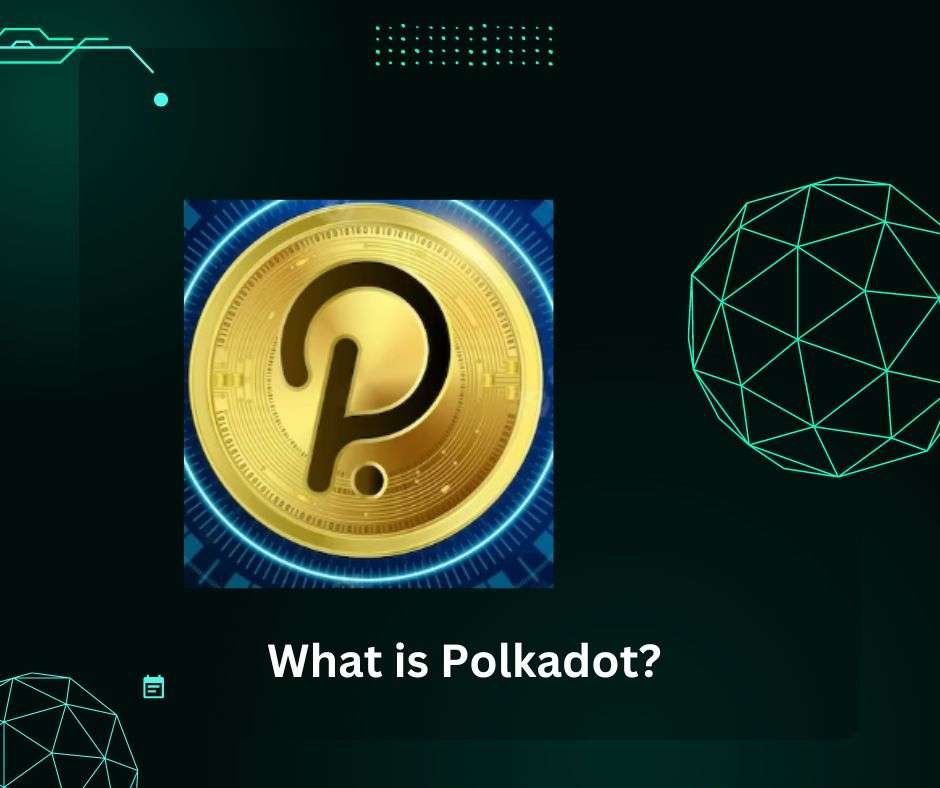
Since the inception of blockchain technology, people have been worried about exchanging assets across independent blockchains. This is what Polkadot aims to solve–the problem of interoperability. It has a sophisticated architecture that comprises a hundred parachains, a relay chain, as well as bridges to the world outside.
It is a protocol that aims to create a web of ineroperable blockchains, enabling independent blockchains to interact with each other and work together smoothly. The major goal of this blockchain project is to establish a completely decentralized web. However, this comes with the risks of security breaches in the network. In this situation, Polkadot security auditors can prove to be a huge asset in eliminating the vulnerabiliies and keeping the digital assets safe.
DOT token is the native crypto on Polkadot. A governance token, this token provides control over the protocol through voting. Users can also use it to validate the transactions through staking and creating a good bond between the parachains of Polkadot.
In this post, we will discuss Polkadot from scratch. So, let us begin.
Table of Contents
What Makes Polkadot Unique?
You would know how blockchains operate– they are independent and work on their own. For instance, blockchains like Bitcoin, Ethereum, Cardano, etc do not communicate with one another. Therefore, the dapps that are built on them also do not interact.
This is where Polkadot steps in. It can easily join different blockchains together–it’s a multichain network. So, if a developer uses this, then it becomes possible for them to build their own blockchains that can interact with other blockchains within the Polkadot network.
The concept of interoperability has paved the way for numerous possibilities for blockchain on Polkadot. Let’s imagine that one blockchain enables users to purchase tokenized stocks. It might get information from a different blockchain that contains current stock price information.
Also, one more advantage for developers is that Polkatdot is efficient enough to validate transactions and network security. The relay chain processes them, and this is how developers can focus better on their blockchain projects without being worried about the the validation of the transactions.
The Origin Of Polkadot
The co-founder of Ethereum, Gavin Wood thought of introducing Polkadot and soon released its white paper in the year 2016. In the subsequent year, Wood and Peter Czaban founded Web3 Foundation that focussed on the development of Polkadot.
This foundation has raised more than $145M in Ethereum by selling DOT tokens. However, the wallet that had ETH tokens was soon under the influence of a massive hack, wherein, $90M funds had been frozen. To deal with loss, the foundation was sen holding a private token sale in the year 2019.
The Working Of Polkadot
There are two types of blockchains in Polkadot which are as follows:
- Relay chain: This is considered to be the main or the central chain of Polkadot where all the transactions process. Therefore, the design of this has minimal functionality so that it can easily manage the system as a whole.
- Parachains: The parallel blockcains within the Polkadot framework that have the capability to interact with each other. Each of these parachains have their own blockchains and can easily be designed as per the different use cases that each has.
Blockchain initiatives are given parachain slots by the Polkadot network. There are only a certain amount of slots open, and Polkadot is expected to be able to manage up to about 100 parachains. At the moment, parachain slots are assigned by being sold at auction, and they can be leased for up to 96 weeks.
Polkadot uses proof-of-stake consensus mechanism to validate the transactions. This is how it works.
All the token holders who wish to help in validating the transactions can stake their DOT tokens. These tokens are in the form of collaterals that the users lock in return for staking the rewards. All the users who stake can either be nominators or validators. The work of nominators is to nominate validators whom they can trust for verifying the transactions. The job of validators is to validate blocks of transactions. When a validator adds transactions to the blockchain, both the nominators and their chosen validator receive the block reward (DOT tokens).
Is It Worth To Invest In Polkadot?
It’s an intriguing investment opportunity since it has a lot of potential opportunities in store for the users. Since it launched parachains in December 2021, it has been adding parachain slots. If you have DOT tokens with you, then you can even earn some passive income. Many different cryptocurrencies are available for stake, but Polkadot typically has bigger rewards than most.
Consider the fierce competition Polkadot faces. The most established blockchain platform is Ethereum, although there are several other well-known ones that are competing.
Hopefully, now you know something about Polkadot. However, there’s much more to explore!
Read more: Things You Can Do to Boost Team Performance